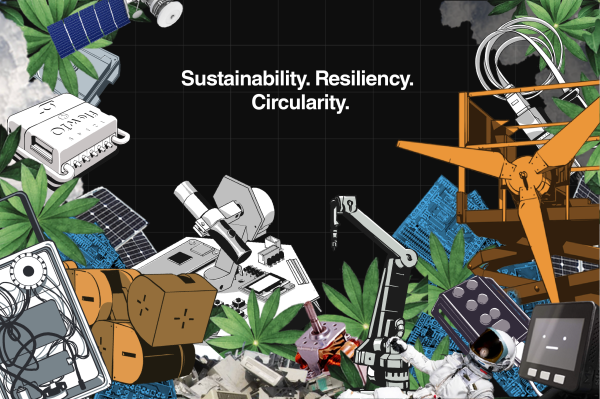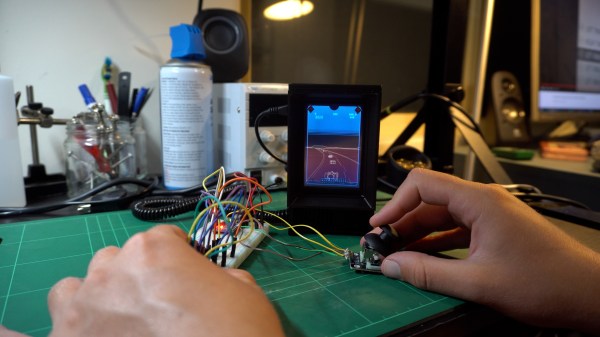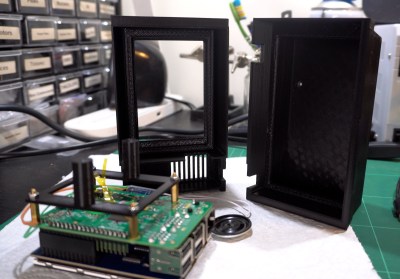The biggest challenge facing humanity over the next century is how to do as much or more, with less environmental impact. Reducing our collective footprint on the planet is of course not any one person’s responsibility alone, and if it’s going to require a million clever solutions to create a sustainable future, then we know just the group of hackers to get to work.
 This year’s 2022 Hackaday Prize challenges you to think of big or small ways to create greener energy sources, make recycling easier, hack old devices to save them from the landfill, or build out the networks that keep our local communities together and conscious of our group effort. If you’ve got a super solar harvester, a recycling robot, or even reverse engineering tools to help combat forced technological obsolescence, we want to see your hacks. Or if you’d like, you can simply save the world in the wildcard round.
This year’s 2022 Hackaday Prize challenges you to think of big or small ways to create greener energy sources, make recycling easier, hack old devices to save them from the landfill, or build out the networks that keep our local communities together and conscious of our group effort. If you’ve got a super solar harvester, a recycling robot, or even reverse engineering tools to help combat forced technological obsolescence, we want to see your hacks. Or if you’d like, you can simply save the world in the wildcard round.
As always, courtesy of our overlords at Supplyframe and the generous sponsorship of Digikey, we’ve got tons of prize money to give out to the best projects. The top ten projects in each of five challenge rounds will receive a $500 cash prize, and five winning projects will bag from $5,000 to $50,000 in the finals in November. But you shouldn’t wait — the first round, Planet-Friendly Power, starts right now!
Get your team together, start brainstorming an idea, post it up on Hackaday.io to enter in the Prize, and you’re on your way. Independent of the judging, we’ll be looking through the field and writing up awesome projects as we find them. This is your chance to be seen, to help create a better world, and maybe even to win big.
| Challenge | Date | The Details |
|---|---|---|
| Planet-Friendly Power | Mar 29 – May 1 | Your solution should lower the cost of clean energy, through energy harvesting and/or storage efficiency improvements. |
| Reuse, Recycle, Revamp | May 1 – June 12 | Your project facilitates recycling of material that would otherwise end up in the waste stream. |
| Hack it Back | June 12th – July 24 | Your project adds new capabilities to older electrical gear to keep it useful. |
| Climate Resilient Communities | July 24 – Sept 4 | Design devices that help communities be more resilient to weather and climate disasters and/or collect data from their environments so that they may advocate for changes in local infrastructure. |
| Save the World Wildcard | Sept 4 – Oct 16th | This is where anything goes, your designs should stand apart from the other challenges but still create a more promising future for all. |
Continue reading “Enter The 2022 Hackaday Prize And Help Save The World”














